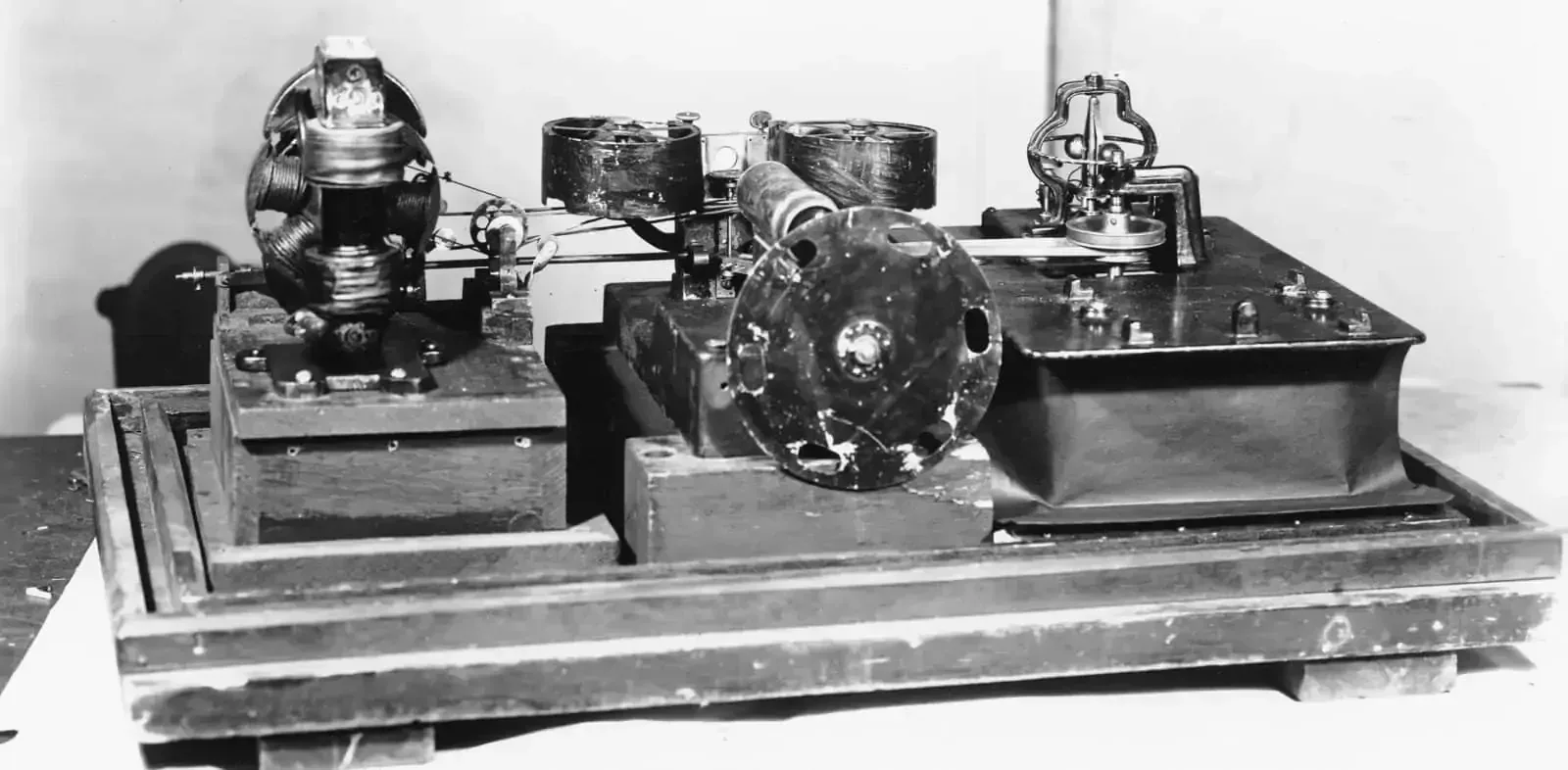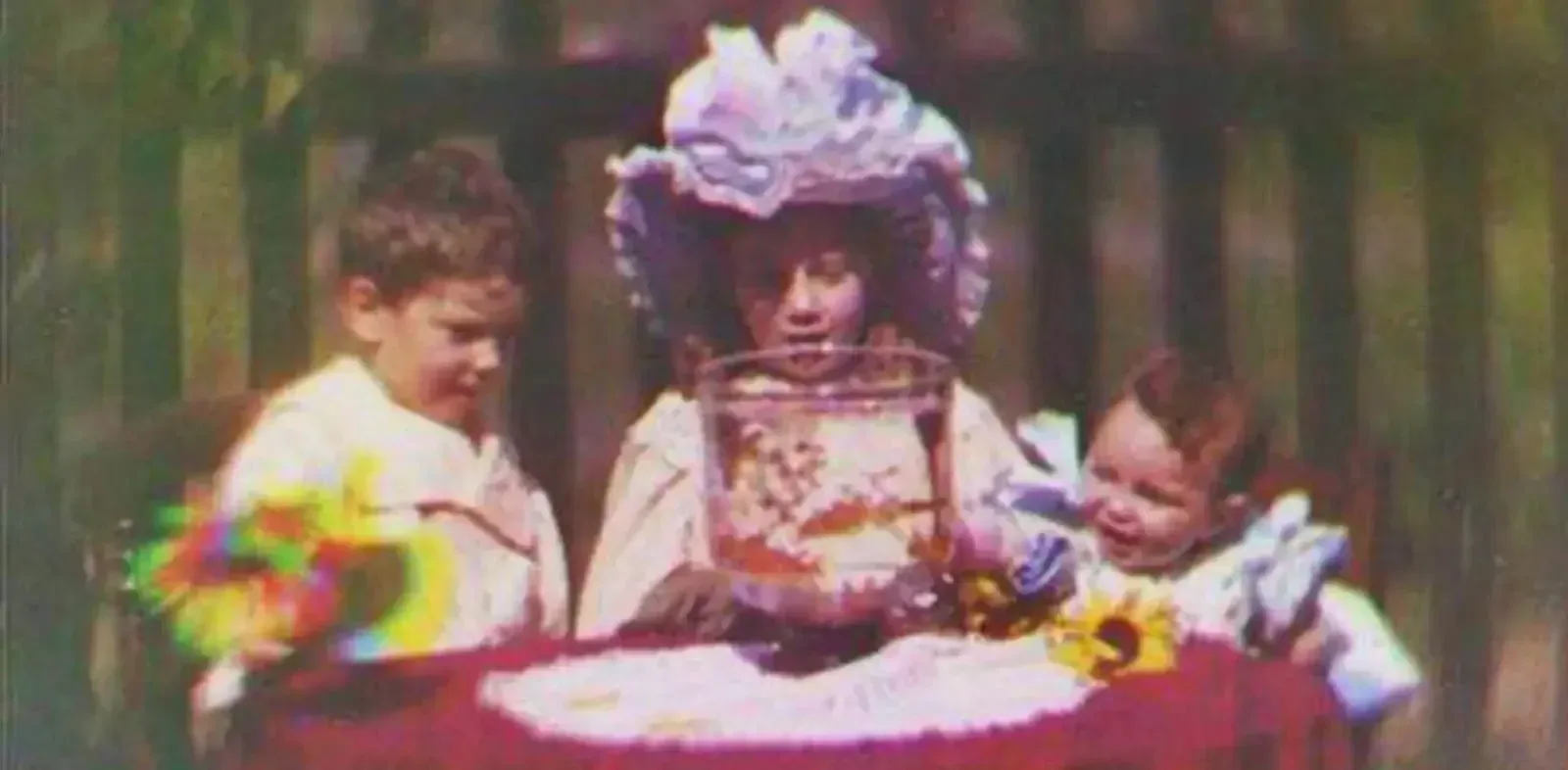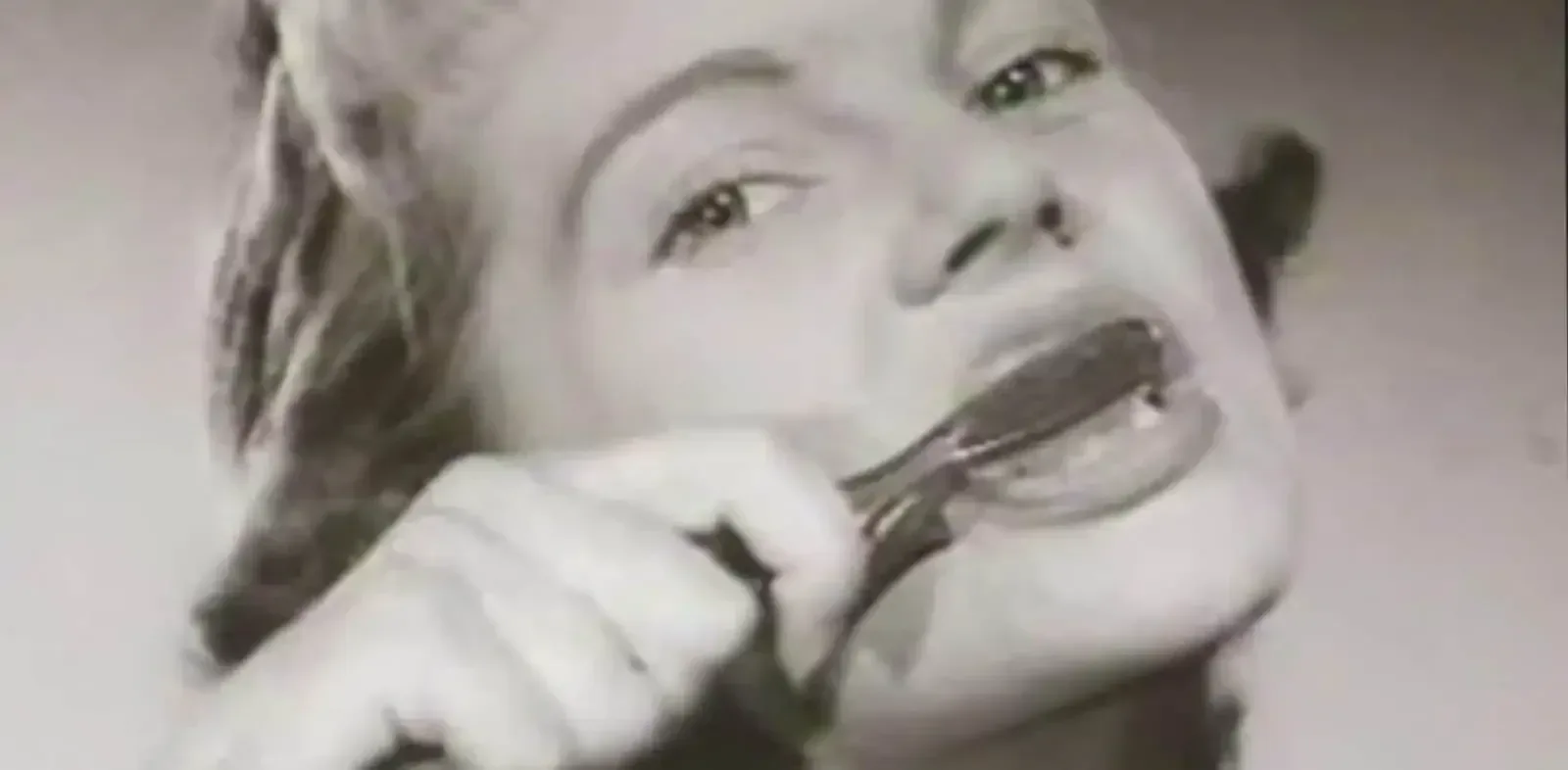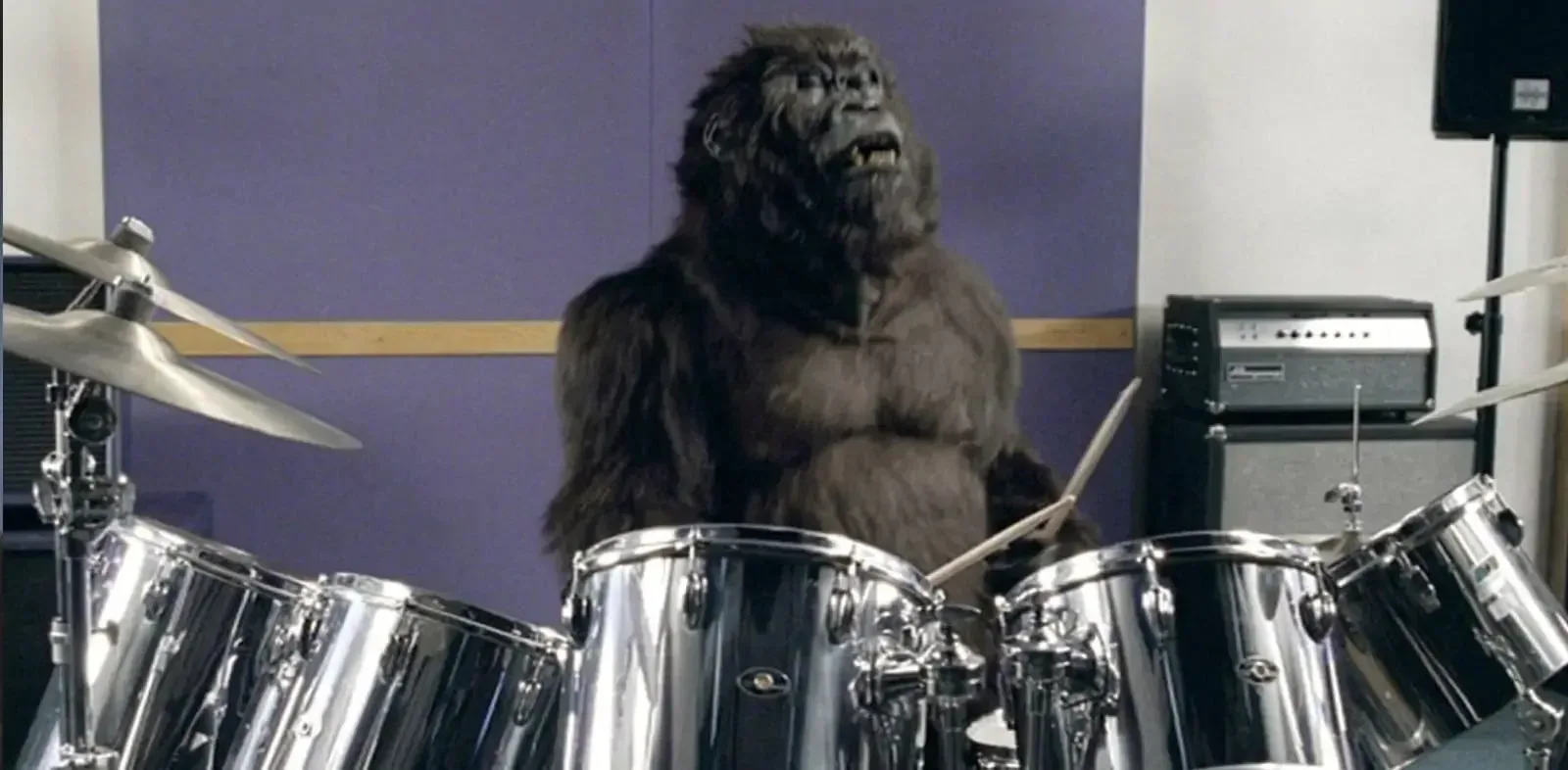Video Production Through The Ages
It’s hard to imagine a time before video, movies and TV were a part of our daily lives. Year on year, video consumption is going up, and the demand for video from audiences is increasing worldwide.
Alongside the increasing demand for social video, the popularity of video marketing is also rapidly accelerating. In 2020, a huge 81% of UK businesses used video as a marketing tool, which increased from 63% in 2019 (Hubspot)! While video is a great opportunity for organisations to showcase their products and services, due to the sheer number of videos online, organisation’s are finding it constantly more challenging to make their video stand out.
Fortunately, professional video content is more accessible than ever before. The team at Ideal Insight use high-end cameras and creative techniques to deliver bespoke content that delivers results. Quality footage that was once reserved exclusively for the studio budgets of Hollywood is now achievable for most small businesses.
However, it’s taken decades of improvements in technology and consumer understanding to bring us to this point. Let’s take a look back at video production over the years to get an understanding of how far we’ve come as an industry!
The First Camera- 1826
The journey of video production began in France in 1826, when Inventor Joseph Niepce built the first camera and shortly afterwards took the first black-and-white photograph.
The next significant development in Video Production came shortly after, with the Spindle Viewer in 1832. The creator of the Spindle Viewer, Joseph Plateau, realised that the illusion of movement could be created by using a series of images closely captured together. And so, the basic premise of the video was born.
The First True Motion Picture- 1891
However, it wasn’t until the end of that same century that American Inventor Thomas Edison invented the first true motion picture, which led to technology such as the projector first being made available to consumers. This was the first point in history that video-related technology was freely available to purchase- however very few were able to afford it! So the privilege of video was available only to the richest consumers. In the 19th Century, the idea of ‘mass-market’ technology was an alien one, and so motion pictures were reserved for the super-wealthy and the big screen.
Colour Picture- 1918
Colour was appearing in movies well before sound from 1902, where short splashes of colour in films appeared. The most common process of adding colour to film was far more basic than the technology we have now, and was first achieved by using dye to lightly tint the colour of certain scenes. Finding a scene which could be washed entirely with one colour was challenging, and so a popular use of colour was night time scenes, where the film could be tinted with blue or purple dye.
Quick side note – funnily enough, using night-time or dark settings when trying to push the visual boundaries of film was a technique used for decades to come. Think back to the successful CGI-based films in the 1990s – you’ll notice most of it was set in the dark. The reason for this is simple: footage is easier to animate & render realistically when half of the elements are obscured by shadow, and you only have to work with one main source of light for the shot. A good example of this is the T-Rex from Jurassic Park (1993) – how many scenes of the dinosaur can you remember being set during daylight hours.
A common myth when it comes to video production and colour is that The Wizard of Oz (1939) was the first full-colour film. However, this is wrongly celebrated, as colour movies had been common from 1918, the first being “Cupid Angling”. The Wizard of Oz was the first mainstream film shot in technicolor, which would’ve been new to most audiences at the time. This, and the wild popularity of the film on release, has led to the false acclaim.
100 years after the invention of the camera, films began to include sounds. “The Jazz Singer” was the first to successfully lip sync alongside overlayed sound and provided a groundbreaking evolution of film as entertainment
TV Advertising- 1955
On 22nd September of 1955, a milestone of video production saw the first TV advert broadcast on ITV. The commercial was for Gibbs SR toothpaste, and featured a tube of toothpaste and a block of ice, with overlaying commentary regarding the ‘minty freshness’ of the toothpaste.
During the 1950s, it is estimated that only 2 million people owned a TV in the UK, meaning that video such as TV advertising included was still only available to the richest in society. This was a roadblock in the journey of video production, as the expensive technology alienated the average person. The power of advertising can’t be underestimated though, as it brought a renewed commercial interest in developing TV sets with mass market appeal.
Digital Video- 1964
As technology developed and the first computers were invented, the advancement in video became rapid. Sony released the first portable video recorder in 1964, and a decade later movies were being stored on discs instead of rolls of film. The 60’s & 70s were significant to the availability of video to consumers. For the first time in history, video was available on the go, on smaller devices. With more footage, came increased demand for affordable devices to view it on!
Video in the 2000’s
Since camcorders in 1964, the public have continued to demand more and more from video technology. Fortunately, camera technology has developed to the point that bulky and hefty camera equipment have been left in the twentieth century.
Video was emerging in all forms, previously unimaginable back in 1826 when the first camera was invented. 3D, 4D and 4DX are all examples of how rapidly video production has advanced. However, it’s no surprise they’ve not quite hit the expected heights of adoption. This is likely because they’re unaccessible to most consumers. At best, 3D, 4D & 4DX offer something different to ‘heighten’ the entertainment, but when done poorly, come across as a gimmick that detracts from the experience.
Video has the capability to take us to worlds which we could once only imagine, but its true appeal is rooted in the accessibility that affordable technology and popular digital platforms bring.
Social media and mobile devices mean video content is available any time, anywhere, and affordable video technology has meant that almost everyone can create and enjoy video.
Video production is nowadays considered a separate craft from film-making, which has retained much of its groundbreaking practices. Video production has been largely adopted by social media, many of which have dedicated video functionality. In fact, Facebook predicted that by 2022 their platform would be all video- and though it’s unlikely this will happen by next year, if it proves one thing, it’s that video is a welcome king.
Video Production in 2021
So where does that leave us in 2021? Given the rapid adoption of video production technology, It’s no wonder that video marketing is booming.
The challenges for organisations when it comes to video marketing is that it is historically costly and time-consuming. The required equipment and expertise typically come with considerable price tags.
This didn’t sit right with our Founder, who wanted to give all organisations access to professional and expert video, and so Ideal Insight was born. Video has come a long way since its inception nearly 200 years ago, but despite the high demand for video content, there is still a negative assumption that video production is simply unaffordable for small businesses. We believe in providing an affordable, transparent and timely service, bringing expert video at a lower cost to organisations both big and small. The beauty of video production is that, when done properly, it can be repurposed for many different campaigns without big time or budget sinks. So, is it time for your organisation to adopt more video content for 2021? Or is your content stuck in the 1800’s? What could video do for your outreach?





